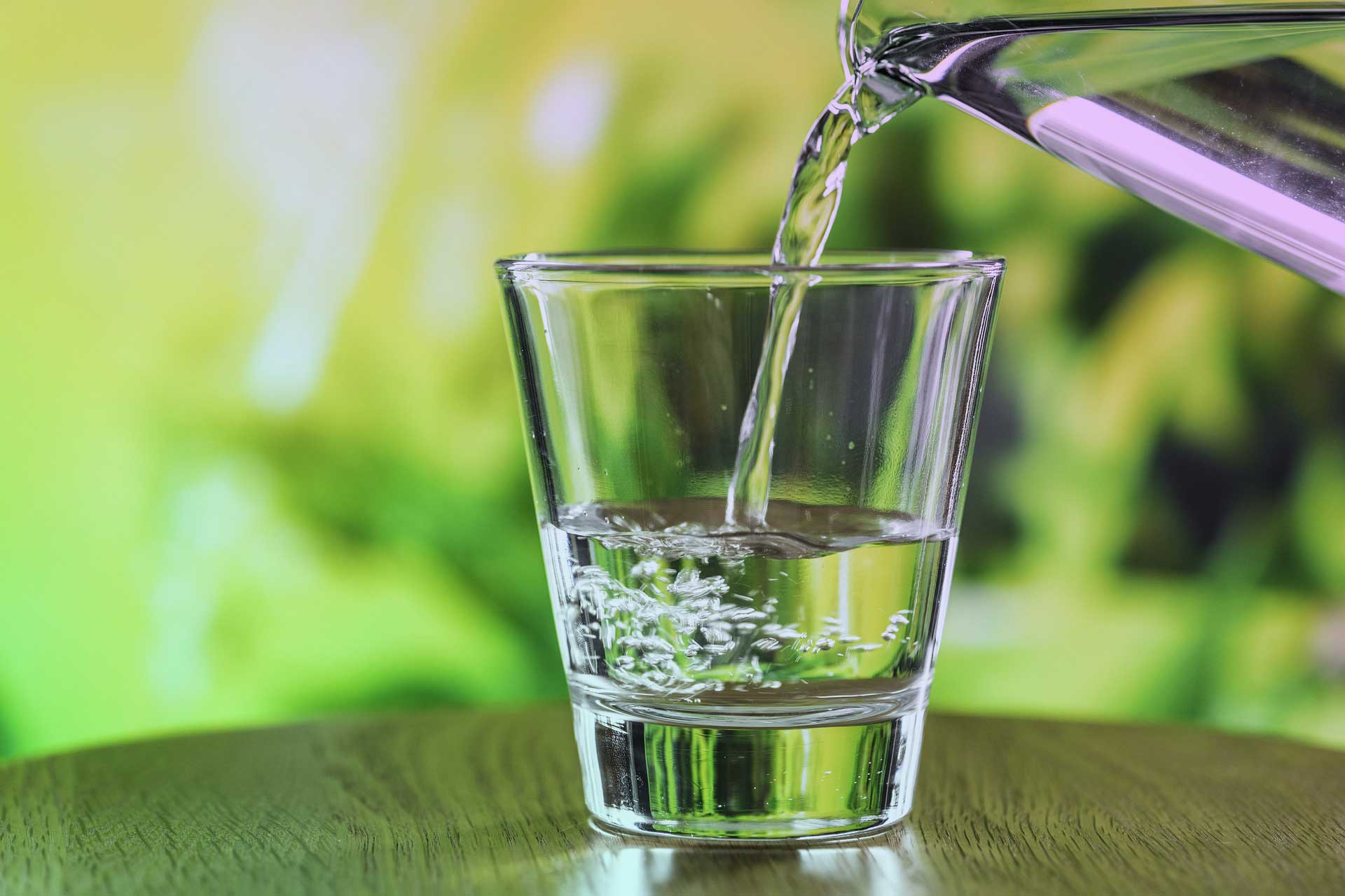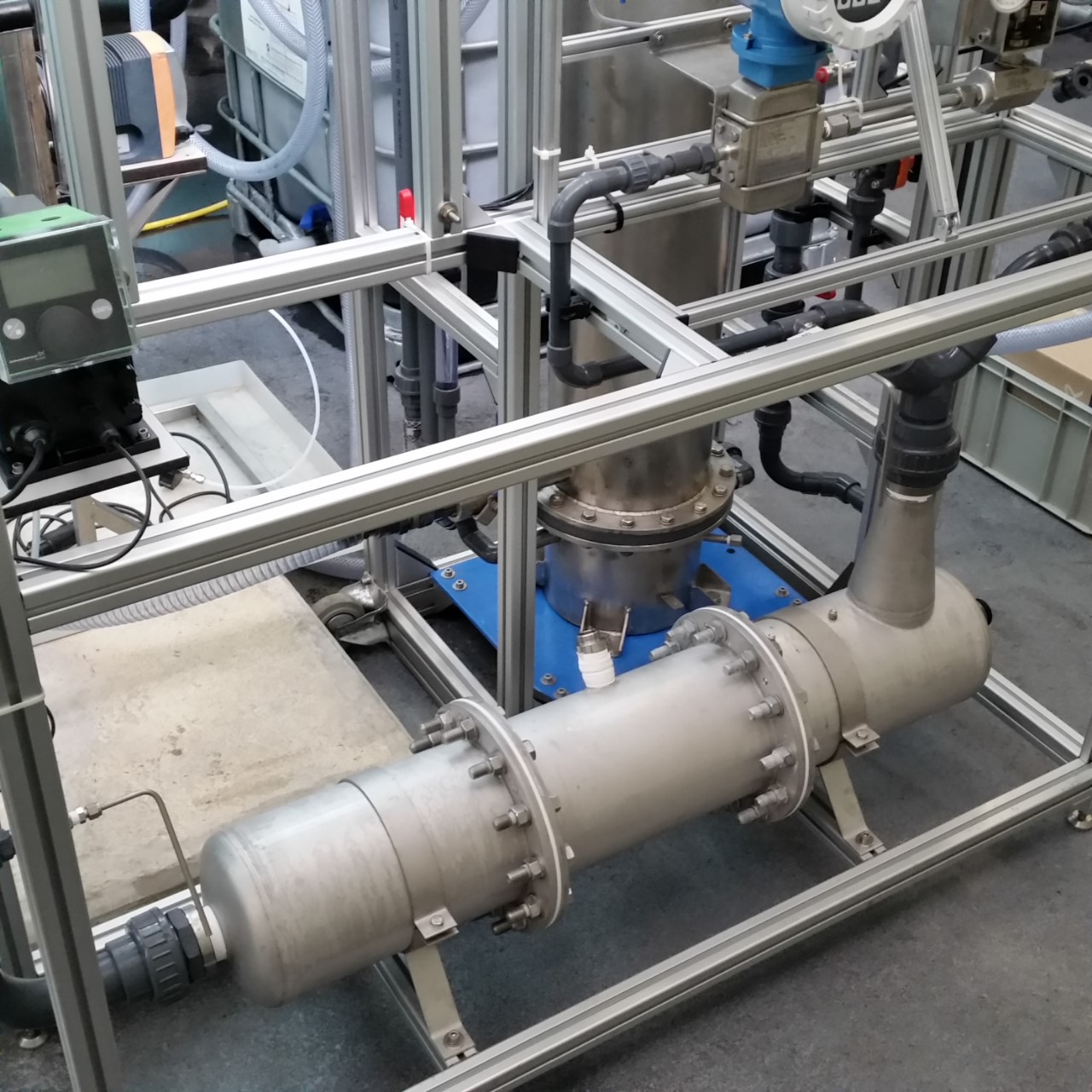The background
Besides surface and waste water our drinking water is also more and contaminated with micro pollutants ranging from antibiotics to hormones and other pharmaceutical and industrial compounds. Antibiotic resistance is seen as one of the major challenges for our future by the WHO and we also see more and other effects that these minute amounts of biologically active compounds can have on us and our environment.
The case
KWR asked us to be their technology supplier in the European DEMEAU project due to the good experience we had together in the past. The goal was to test Advanced Oxidation and the predictive model KWR developed in a multitude of applications and compositions. Test were done at Dunea and WML, two Dutch water companies.
The solution
During testing a cocktail of 40 micro pollutants (mostly pharmaceuticals) was added to a number of water streams that appear during the preparation of drinking water. UV-C light was applied with the most efficient low pressure lamps and hydrogen peroxide was added, the removal efficiency was measured and compared with the model KWR developed.
Results
Removal efficiencies of more than 90% were reliably proven with the Advanox™ technology, combining low pressure UV-C light with hydrogen peroxide. The results were so good even that in a second string of tests an even more favourable reactor geometry and settings could be tested over a year at WML, a drinking water company in Limburg. These test yielded excellent results with a very low power consumption of 0,12kWh/m3h with an average removal of 90% over all 40 tested pharmaceuticals, a conversion of >80 was reliably reached at double capacity using 0,06kWh/m3h.

